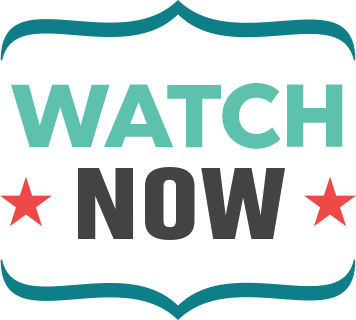What to Expect During Controlled Outages
During extreme circumstances, and at the direction of ERCOT, the Texas grid manager, CoServ may have to initiate controlled, temporary interruptions of electric service called controlled outages to reduce demand and ensure the state's electric grid stability.
If CoServ is required to help lower the demand on the ERCOT grid, we will initiate controlled outages. These controlled outages should only last 30 to 60 minutes per rotation.
Should you experience an extended outage of one hour or more, please utilize SmartHub or text OUT to 855-938-3496 to report a possible outage unrelated to this situation.
Click here to learn more about ERCOT and the Energy Emergency Alert (EEA) system.
Click here to access our Outage Map.
We want to do our part to keep the electric grid stable. To learn ways you can help, check out our energy-saving tips.

